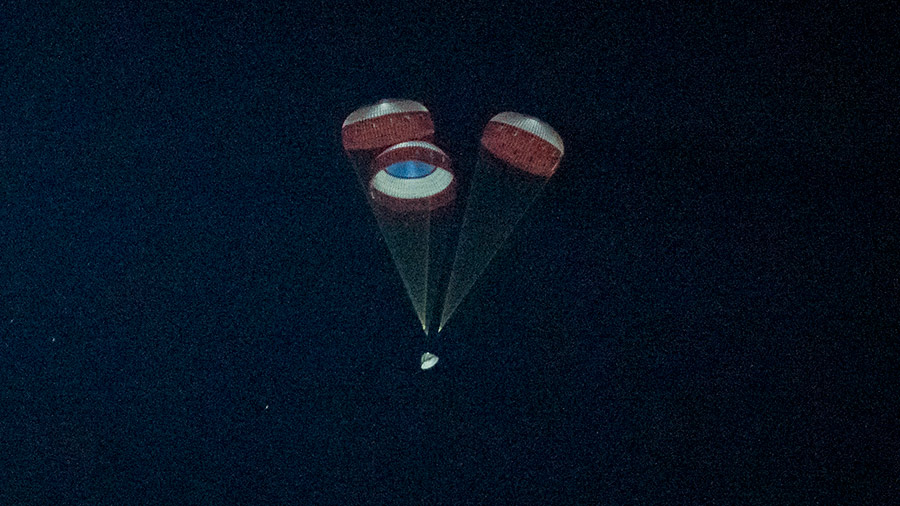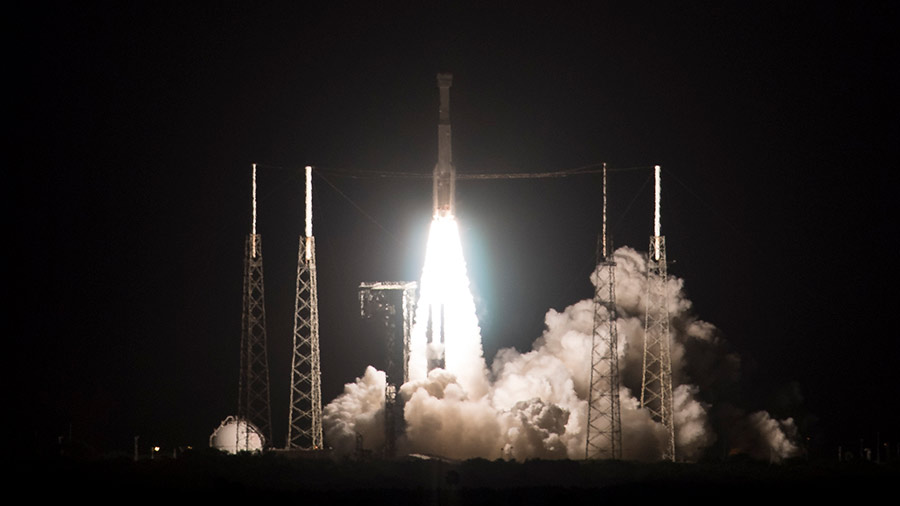
Six humans from three countries will ring in the new year 16 times tonight from an average altitude of about 260 miles above the Earth’s surface. Before the Expedition 61 crew goes to bed tonight and relaxes on New Year’s Day, they are researching critical space science to benefit humans on and off Earth.
Fire safety is extremely important and even more so aboard a spacecraft. Flight Engineer Jessica Meir of NASA got to work using the Microgravity Science Glovebox and observed how different fabric and acrylic samples burn in microgravity. Space fires spread differently in confined spaces of different shapes and sizes. Scientists will use the data to improve products and procedures to save lives on the ground and in space.
A bone densitometer that images and measures the bone mass of mice living in space is being calibrated today. NASA astronaut Andrew Morgan checked out the sensitive device to ensure accurate measurements. Morgan then switched from biology hardware to tiny satellites and tested formation flying using algorithms programmed in to the free-flying SPHERES.
NASA Flight Engineer Christina Koch is loading the SpaceX Dragon resupply ship today before it departs the International Space Station on Jan. 5. She was measuring the mass of gear returning to Earth using an acceleration device that follows Newton’s Second Law of Motion (force equals mass times acceleration).
Commander Luca Parmitano of ESA (European Space Agency) reconfigured a specialized incubator that uses a centrifuge to mimic different gravity environments for biology research. Afterward, he installed new components in a life support system that removes carbon dioxide from the station’s atmosphere.
Cosmonauts Alexander Skvortsov and Oleg Skripochka kicked off the last day of 2019 with housecleaning and computer checks. In the afternoon, the duo set up radiation detection gear and serviced Russian life support hardware.








